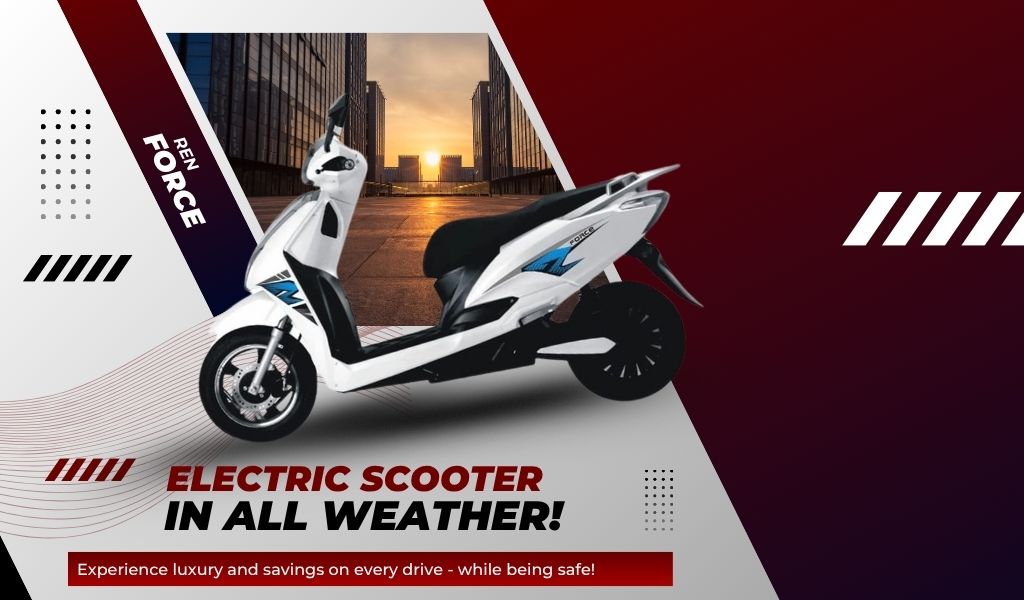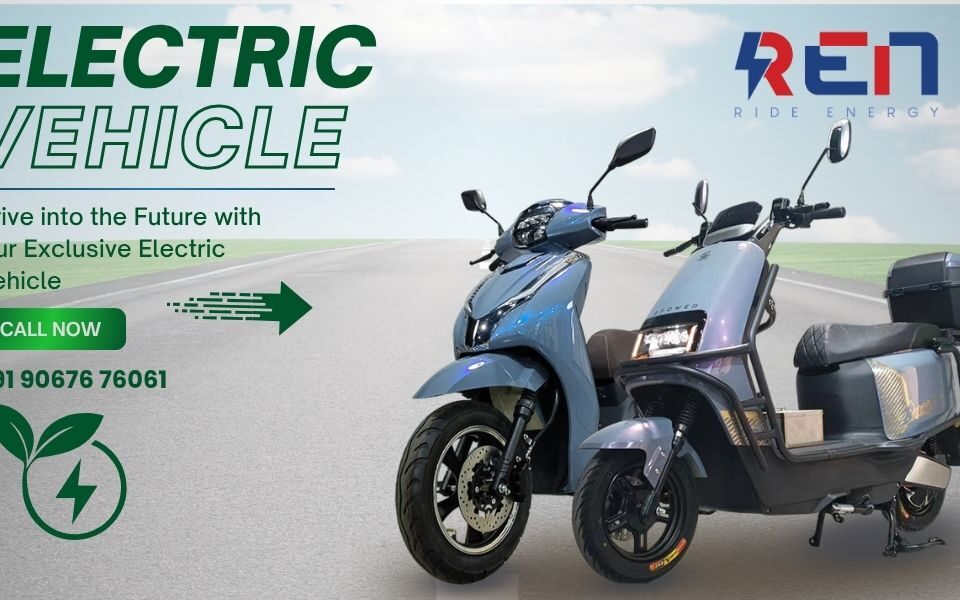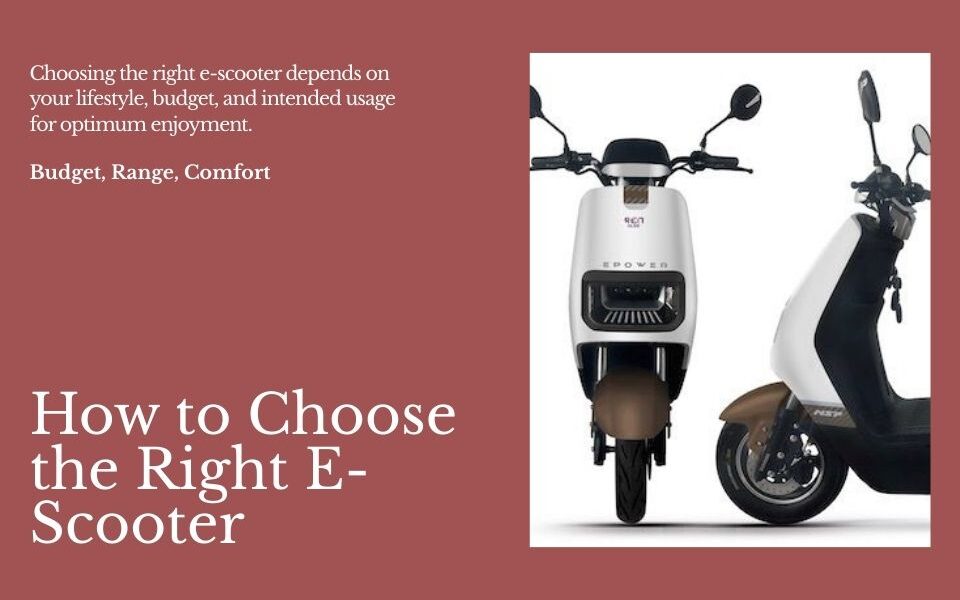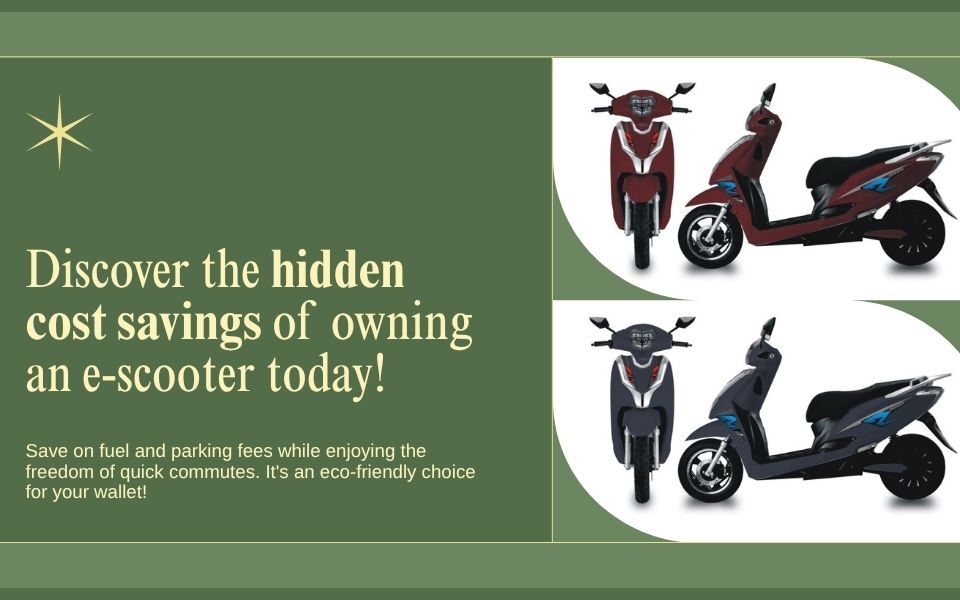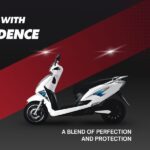
The Electric Scooter Survival Kit: 12 Essentials to Carry for Every Ride
June 13, 2025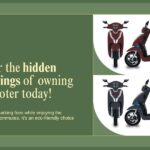
What You Didn’t Know You Were Saving: The Hidden Cost Savings of Owning an E-Scooter
June 28, 2025Overview
Electric scooters have taken urban commuting and eco-friendly travel by storm. Whether you’re gliding through morning traffic or cruising around the neighborhood, the ease, efficiency, and excitement of electric scooters are hard to beat. But as seasons change and weather conditions fluctuate, many riders begin to wonder: Can you really ride an electric scooter in all types of weather?
Let’s get into the nitty-gritty of how electric scooters hold up in rain, cold, heat, and even snow. This blog breaks down everything you need to know so you can ride smart, safe, and stress-free—no matter what Mother Nature throws your way.
1. Riding in the Rain – Is It Safe?
The occasional drizzle or unexpected downpour is part of life, especially in tropical or monsoon-prone regions. So can you ride your electric scooter in the rain?
The short answer: Yes, but cautiously.
Most electric scooters come with an IP (Ingress Protection) rating, which tells you how water-resistant they are. For example:
- IP54: Protected against dust and light splashes.
- IP67: Better resistance to water and dust – even short-term submersion.
Tips for Riding in Rain:
- Avoid deep puddles or flooded roads (water can damage internal electronics).
- Wear a rain poncho or waterproof jacket.
- Use a helmet with a visor to improve visibility.
- Be gentle on the throttle – wet roads reduce traction.
- Dry your scooter thoroughly after the ride.
Bottom line: Stick to light to moderate rain, and always check your scooter’s IP rating first.
2. Hot Weather Riding – Can Your Scooter Take the Heat?
Sunny days are ideal for a scenic scooter ride. But what about those blazing summer afternoons?
Yes, you can ride in hot weather – with a few precautions.
Lithium-ion batteries (the heart of your scooter) don’t love extreme heat. Overheating can reduce battery lifespan or even cause performance issues.
Hot Weather Tips:
- Avoid parking in direct sunlight for long periods.
- Let the scooter cool down in shaded areas.
- Stay hydrated and wear lightweight clothing.
- Don’t overcharge the battery after a hot ride.
Fun fact: Most scooters operate best between 15°C and 35°C (59°F to 95°F).
3. Cold Weather Riding – Worth the Chill?
Winter is here, but that doesn’t mean you have to put your e-scooter away.
Yes, you can ride in cold weather – but expect changes in performance.
In low temperatures, your scooter’s battery drains faster. Tires can stiffen, and the road may be slippery.
Cold Weather Riding Tips:
- Fully charge your scooter before heading out.
- Keep battery warm before use (store indoors).
- Use winter gloves, a windproof jacket, and warm footwear.
- Go slow – black ice or frost can be dangerous.
Pro Tip: Many scooters lose up to 30% range in freezing weather. Plan your trips accordingly.
4. Snow, Sleet, and Ice – Is It a No-Go?
If there’s one weather condition where most experts agree: Avoid riding your scooter in snow or icy conditions.
Why?
- Roads become slippery and unstable.
- Braking is unpredictable.
- Visibility can be poor.
- Salt and slush can damage scooter components.
Unless you have a fat-tire, off-road e-scooter with winter-ready specs, it’s safer to keep it parked when snow covers the streets.
5. Windy Days – How Much Wind is Too Much?
Wind isn’t often talked about, but strong gusts can definitely affect your ride.
Yes, you can ride in windy conditions, but be mindful of the wind speed.
Crosswinds can throw off your balance, especially at higher speeds or when passing open areas like bridges.
Tips for Windy Rides:
- Use a firm grip and bend your knees for stability.
- Lower your speed to reduce drag.
- Be cautious when turning or overtaking vehicles.
- Avoid large, open stretches during strong gusts (above 25-30 km/h).
6. Fog and Low Visibility Conditions
Riding in fog isn’t about your scooter’s hardware – it’s about what you can see.
Yes, but only if you are highly visible and extremely alert.
Use front and rear lights, reflectors, and wear bright or reflective gear. Fog reduces visibility to just a few meters – meaning both you and others on the road have less time to react.
If you must ride in fog:
- Go slow.
- Keep lights on.
- Avoid busy traffic zones.
7. The Right Gear for All Weather Riding
Just like your scooter, you need to be equipped too. Here’s a quick checklist:
- Helmet with a clear visor (anti-fog if possible)
- Waterproof poncho or foldable rain jacket
- Reflective vest or LED gear
- Insulated gloves for winter / breathable ones for summer
- Sunglasses or anti-glare goggles
- Water bottle / hydration pack
- Weather-resistant backpack or scooter storage bag
8. Long-Term Weather Impact on Your Scooter
Consistent exposure to extreme weather can affect your scooter’s life:
- Battery: Drains faster in cold, overheats in high heat.
- Tires: May lose pressure or grip depending on temperature.
- Brakes: Wet or icy brakes may perform poorly.
- Frame & Electronics: Moisture can rust or short-circuit components.
Protective Tips:
- Invest in a good scooter cover.
- Store it indoors or under a shed.
- Do regular maintenance checks, especially after bad weather.
Final Verdict: Can You Use an Electric Scooter in All Weather?
Technically? Yes. Realistically? With limits.
Electric scooters are built for the outdoors, but not for every extreme condition. Light rain, heat, and cold are manageable with the right precautions. Snow, ice, and heavy rain? Not so much.
Being a smart rider means knowing when to scoot and when to stay put. Pay attention to your scooter’s IP rating, battery health, and most importantly – your personal safety.
So yes, enjoy your scooter through the seasons, but ride responsibly, stay geared up, and keep an eye on the skies.
Your Turn!
Have you ridden through a crazy weather situation? Got tips for rainy day riding or handling heatwaves on your scooter? Share your stories in the comments or tag us.
Stay safe, stay green, and happy riding!

